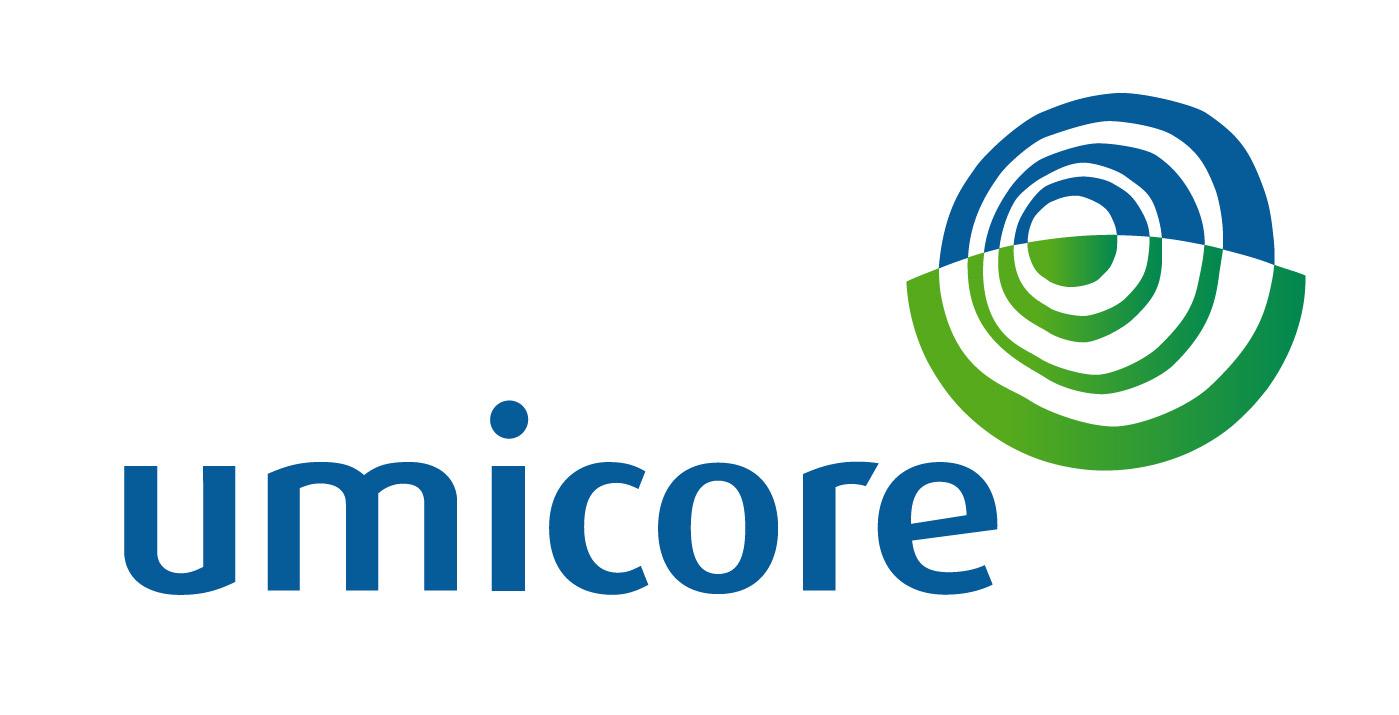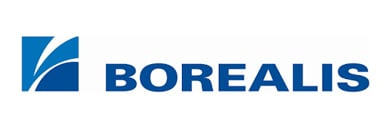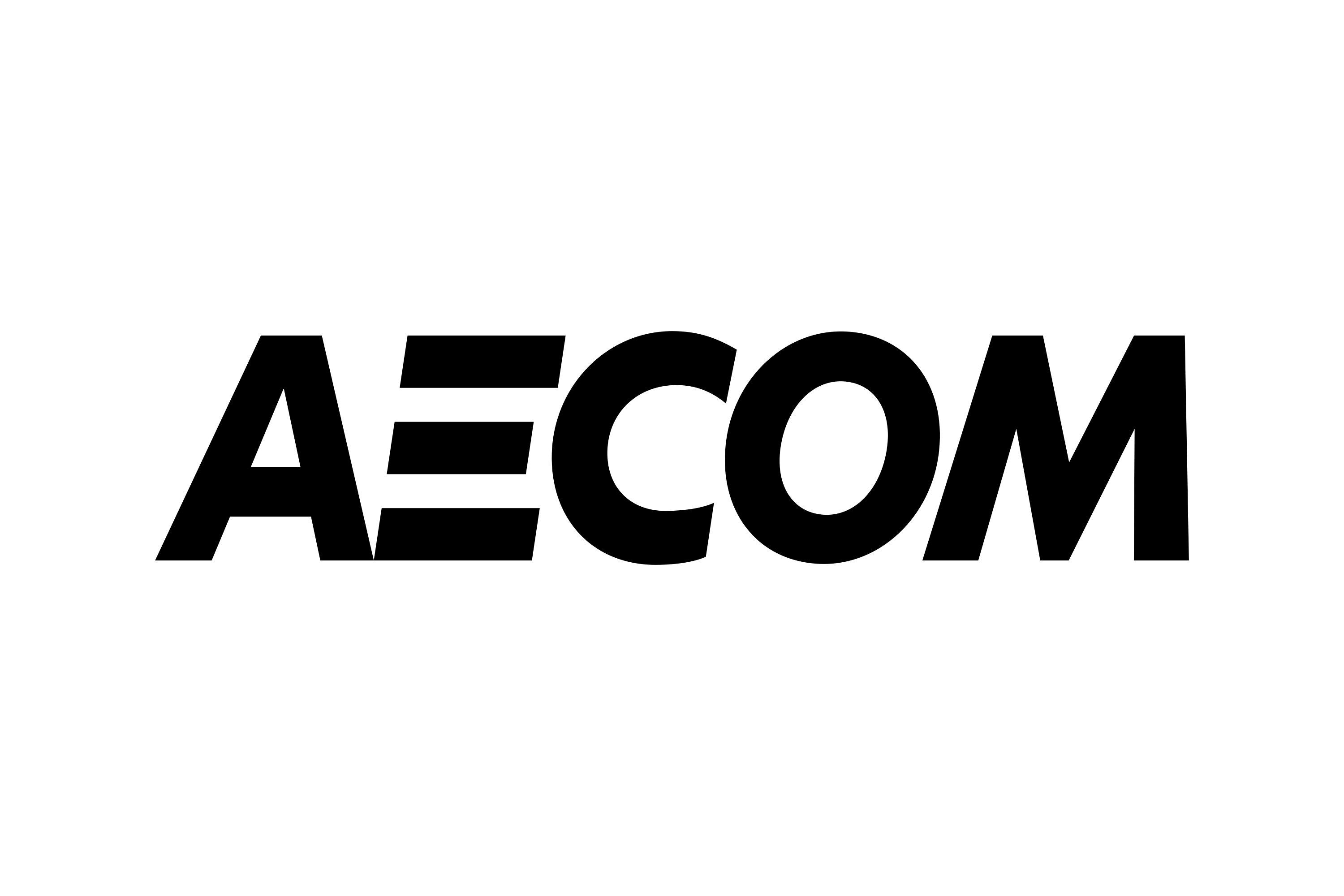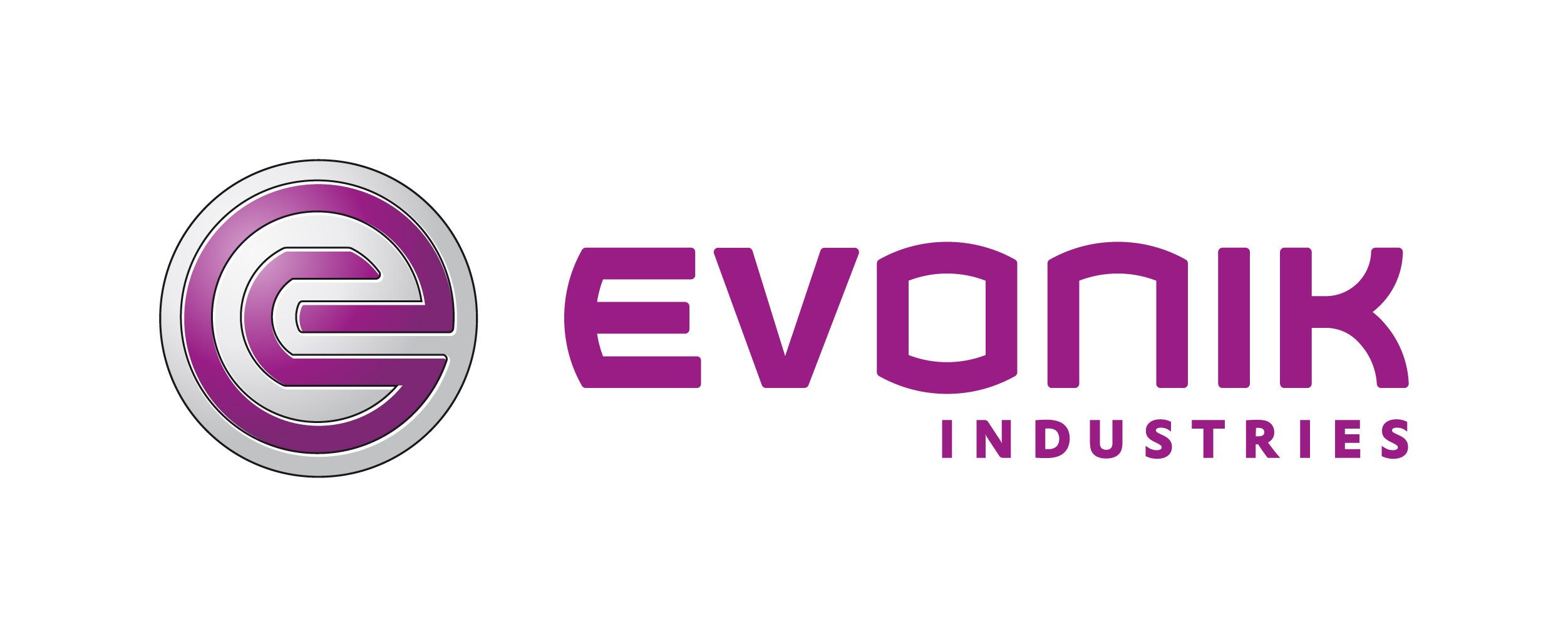In many companies, contractors are viewed as a means to stay flexible and bring in external expertise. While this flexibility is crucial, it often leads to a significant problem: lack of knowledge. Companies know little about their contractors’ activities, qualifications, regulatory compliance, and even their overall performance. This lack of visibility can result in major risks and inefficiencies.
What Do We Mean by the ‘Black Box’ in Contractor Management?
A ‘black box’ refers to a situation where companies hire contractors but have limited insight into their internal processes and performance. They only see the output—whether the work is completed or not—but not how the process unfolds. This can have far-reaching consequences, such as hidden safety risks, inefficient work practices, or non-compliance with regulations.

Anecdote The Consequences of a Lack of Visibility in a Chemical Plant
A large international chemical company hired a contractor firm to perform regular maintenance on its machinery. Despite a long relationship with the contractor, a safety audit revealed that several contractor employees were not following safety protocols. The company had no visibility into the contractor’s work practices, and these issues were only discovered after a near-accident occurred. This led to a temporary production shutdown, reputational damage, and higher costs as all processes had to be re-evaluated.
The Risks of a ‘Black Box’ in Contractor Management
- Safety and Compliance Risks Lack of visibility can lead to significant safety issues, especially in industries where regulations and safety are critical, such as construction, chemicals, and oil and gas. A study by Verisk Analytics found that over 30% of safety incidents on construction sites were related to contractors failing to meet safety standards.
- Lack of Performance Insights Without regular monitoring, it’s difficult to assess whether contractors are doing their jobs properly. Clients may notice missed deadlines or subpar quality but lack the information needed to take action. This often leads to higher costs, reduced productivity, and missed opportunities to improve processes.
- Cost Overruns and Inefficiency A lack of insight into how contractors carry out their work can result in unexpected costs. Contractors may work inefficiently, bill unnecessary hours, or use suboptimal methods without the company’s knowledge. This often results in unnecessary expenses and project delays.
Best Practice The Importance of Real-Time Monitoring
One of the most effective ways to increase visibility is by using technology for real-time monitoring. A leading energy company implemented a dedicated platform requiring contractors to continuously update their work methods, certifications, and safety reports in a central database. This allowed the company to see in real-time which contractors were meeting safety standards and identify potential gaps. The result? A 25% reduction in safety incidents within the first year and a significant improvement in communication with contractors.
Facts and Figures The impact of visibility on performance
Regulatory Compliance Research by PwC shows that companies with better insight into contractor performance and compliance experience a 40% higher rate of regulatory compliance. This not only reduces legal risks but also improves workplace safety. Cost Savings McKinsey & Company reported that companies using advanced analytics tools to monitor contractors saved an average of 12% on project costs due to more efficient workflows and better control over hours and materials. Faster Project Completion A KPMG study found that projects with proactive and visible contractor management were completed 30% faster on average, without sacrificing quality or safety.
How can you address this ‘black box’?
- Automate Contractor Management
Using platforms that track contractor information, certifications, and performance in real-time ensures constant visibility. This eliminates the need to rely on periodic audits, which only provide a snapshot of the situation. - Transparency in Contracts
Ensure that contracts with contractors include clear requirements for reporting progress, safety standards, and other key KPIs. This prevents contractors from following their own rules without oversight from the client. - Regular Performance Evaluations
Implement a system to evaluate contractors not only on their output but also on their compliance with processes, safety standards, and their approach. This fosters continuous improvement and avoids long-term surprises.
Avoiding invisibility is an investment that pays off in better results,
higher quality, and reduced risks for the company










